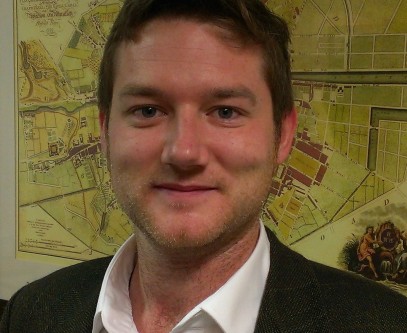
By Rob Lane
In a previous article we saw that four key tenses are used for future: present simple for schedules, future simple (will) for reactions or new decisions, going to when you have intention, and present continuous when the future is arranged. There are many other ways in which we can express future ideas. One of these structures is future continuous.
A. Can we meet at 2 pm tomorrow?
B. Unfortunately, I’ll be having (1) lunch with a client at 2. But, we’ll have finished (2) by 2.30 so I can come to your office then.
A. Super.
Above. Number one is an example of future continuous. Number two is future perfect.
Future Continuous is used to express an action in progress at a specific future point.
Two actions at the same time.
Call me when you arrive because I’ll probably be out shopping.
Just think, next week you’ll be here in the office and I’ll be lying on a beach somewhere drinking cocktails.
*Note: this application is often used to say that you cannot do something at a proposed time because you already have an appointment for that time.
A. Can we meet at 2 pm tomorrow?
B. Unfortunately, I’ll be having (1) lunch with a client at 2. But, we’ll have finished (2) by 2.30 so I can come to your office then.
Actions that are routine or programmed.
Ok, so in tomorrow’s class, we will be looking at the work of writer Brendan Behan.
You can find Ms Mulholland in her office tomorrow morning but she will be breaking for lunch at 1 pm.
Typical combinations
Conjunction + future simple, future continuous.
When you arrive, I will be working in the garden so please be patient.
Conjunction + present continuous, future continuous.
While you are preparing the sandwiches, I’ll be preparing the buns.
At + specific time, future continuous.
At 4.30pm on Friday, I’ll be busy as I’ll be meeting with Stephanie.
This time + tomorrow/ next week etc + future continuous
Imagine, this time next week, we’ll be sipping cocktails by the pool in Acapulco.
Adverb Position
In future continuous sentences, an adverb may typically be put before the be.
When you are going home, I’ll still be working.






